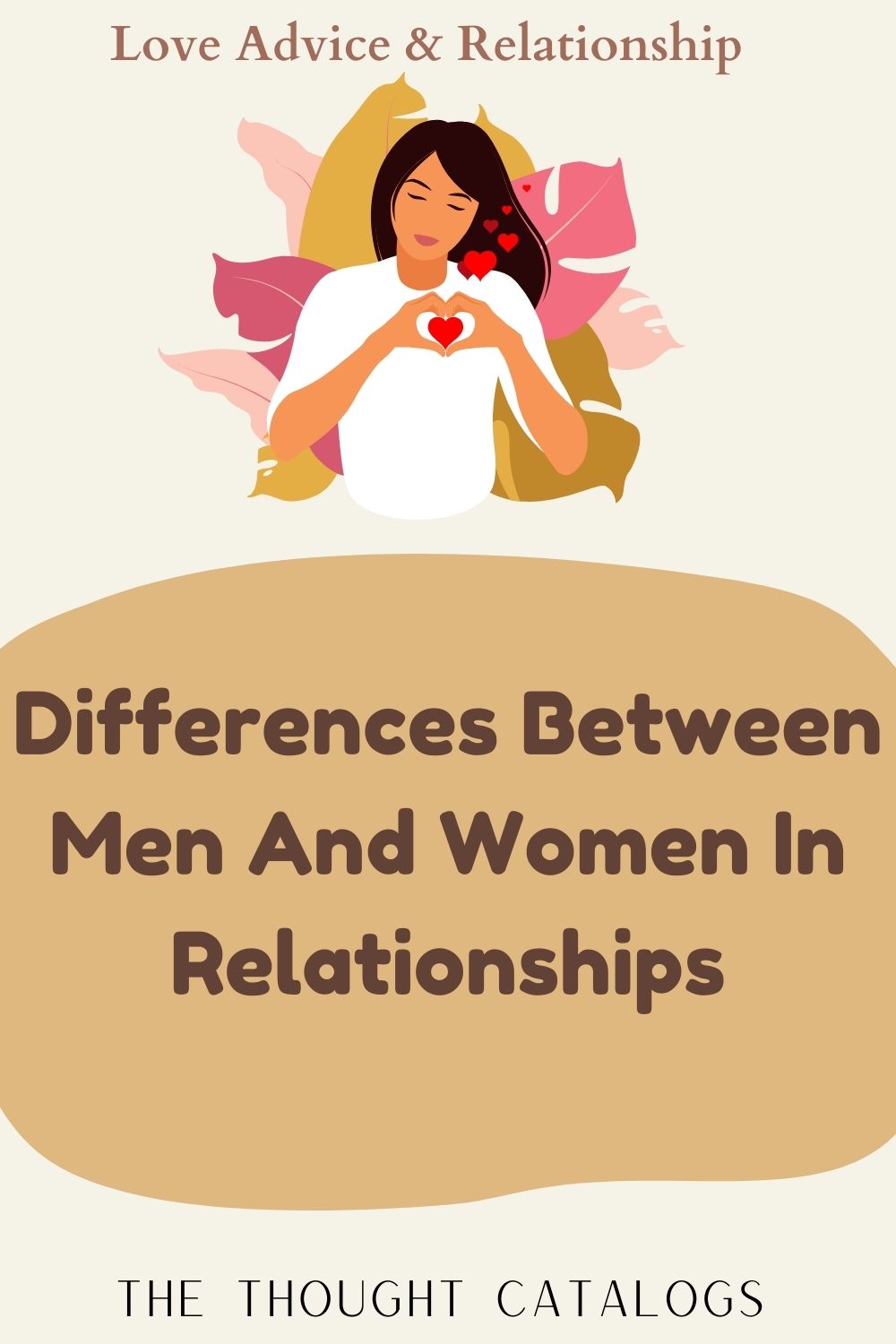Differences Between Men And Women In Relationships

in every romantic relationship, whether heterosexual or otherwise, there exist inherent differences between partners. While these differences are not confined to gender lines, they are often shaped by societal expectations, biological factors, and individual experiences. Understanding these distinctions is crucial for fostering healthy communication, mutual understanding, and overall relationship satisfaction.
Communication Styles
Verbal Communication
Men and women often exhibit distinct patterns in verbal communication. Research suggests that women tend to use more words and express emotions more openly, while men may focus more on conveying information concisely.
Non-verbal Communication
Body language and tone of voice play significant roles in communication. Women may be more attuned to non-verbal cues, such as facial expressions and gestures, whereas men may rely more on verbal cues.
Emotional Expression
Handling Emotions
Women are often encouraged to embrace and express their emotions openly, while men may face societal pressure to suppress feelings deemed as “weakness.” This can lead to differences in how emotions are managed within relationships.
Expressing Feelings
Women may seek validation and empathy when sharing their feelings, whereas men may prefer practical solutions or may withdraw to process emotions independently.
Conflict Resolution
Approach to Conflicts
Women may prioritize discussing and resolving conflicts immediately to maintain harmony, while men may need time alone to reflect before engaging in conflict resolution.
Resolving Disagreements
Women may emphasize compromise and understanding, whereas men may focus on finding solutions and fixing problems efficiently.
Needs and Expectations
Relationship Priorities
Women often prioritize emotional connection and communication in relationships, while men may prioritize activities and shared interests.
Fulfillment of Needs
Understanding each other’s needs and expectations is essential for fostering mutual satisfaction and long-term relationship fulfillment.
Decision Making
Making Joint Decisions
Women may prefer collaborative decision-making processes, considering input from both partners, while men may exhibit more assertiveness in decision-making roles.
Leadership Roles
Navigating leadership roles within relationships requires open communication and mutual respect for each other’s strengths and preferences.
Love Languages
Understanding Love Languages
Each partner may have different love languages, such as words of affirmation, acts of service, gifts, quality time, or physical touch, which are essential for expressing and receiving love.
Meeting Each Other’s Needs
Recognizing and catering to each other’s love languages is vital for maintaining emotional intimacy and connection.
Social Dynamics
Interacting with Others
Women may prioritize building and nurturing social connections, while men may focus more on task-oriented interactions.
Social Circles and Activities
Balancing social activities and individual preferences is crucial for ensuring both partners feel supported and fulfilled within the relationship.
Intimacy and Affection
Physical Intimacy
While physical intimacy is important for both partners, women may prioritize emotional connection and intimacy, whereas men may focus more on physical pleasure.
Emotional Connection
Building emotional intimacy requires vulnerability, trust, and mutual understanding, which contribute to the overall health of the relationship.
Trust and Loyalty
Building Trust
Trust is the foundation of any healthy relationship and requires open communication, honesty, and consistency from both partners.
Commitment Levels
Women may value commitment and loyalty as indicators of a strong relationship, while men may express commitment through actions and shared experiences.
Support Systems
Providing Support
Offering emotional support and encouragement during challenging times is essential for strengthening the bond between partners.
Seeking Help
Both partners should feel comfortable seeking support from each other and external sources when needed, fostering a sense of teamwork and solidarity.
Independence vs. Togetherness
Balancing Personal Space
Respecting each other’s need for independence while nurturing togetherness and connection is key to maintaining a healthy relationship dynamic.
Maintaining Closeness
Finding a balance between individual pursuits and shared experiences is crucial for sustaining intimacy and mutual respect.
Handling Stress
Coping Mechanisms
Women and men may employ different coping mechanisms when faced with stress, highlighting the importance of understanding and supporting each other’s needs.
Supporting Each Other
Offering reassurance, empathy, and practical assistance during stressful times strengthens the bond between partners and fosters resilience.
Gender Stereotypes
Breaking Stereotypes
Challenging traditional gender roles and stereotypes allows couples to define their relationship on their own terms, embracing individuality and authenticity.
Challenging Societal Norms
Creating an inclusive and supportive environment within the relationship involves questioning and challenging societal norms that may limit personal growth and expression.
Growth and Development
Personal Growth within Relationships
Embracing change and supporting each other’s growth and development fosters a dynamic and fulfilling partnership.
Evolving Together
Cultivating shared goals, values, and aspirations ensures that both partners continue to evolve and thrive within the relationship.
In conclusion, while there are differences between men and women in relationships, acknowledging, understanding, and respecting these distinctions is essential for building strong, healthy, and fulfilling partnerships. By embracing open communication, mutual respect, and empathy, couples can navigate these differences and grow together, creating a lasting bond based on love, trust, and companionship.
FAQs
- Are all differences between men and women in relationships based on gender? While some differences may stem from societal expectations and biological factors, individual experiences and personalities also play significant roles in shaping relationship dynamics.
- How can couples overcome communication barriers in relationships? Couples can overcome communication barriers by actively listening to each other, expressing thoughts and feelings openly, and seeking professional guidance if needed.
- Do gender roles impact relationship satisfaction? Gender roles may influence relationship dynamics, but couples have the power to redefine and challenge these roles to create a partnership that aligns with their values and preferences.
- What role does empathy play in understanding differences between partners? Empathy allows partners to put themselves in each other’s shoes, fostering understanding,



